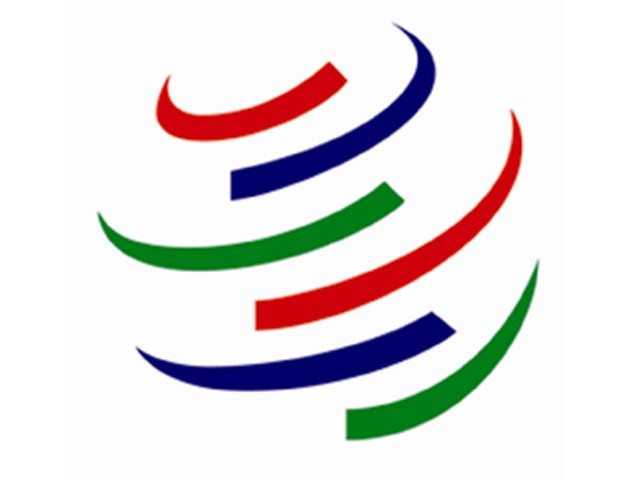
Developing countries such as Pakistan, while acceding to trade liberalisation under the WTO, highlighted a number of challenges ranging from supply-side constraints and infrastructure development that undermine their ability to effectively participate in international trade and reap economic benefits.
In this backdrop, the ‘Aid for Trade’ initiative was launched in the WTO during the Hong Kong Ministerial Conference in 2005 and a taskforce was established to identify the needs of the member countries and coordinate with the donor community for mobilising resources.
The WTO has been successful in bringing a large number of multinational and bilateral donors for channelling aid resources to the recipient countries. The organisation also conducts periodic reviews for the ‘Aid for Trade’ initiative, where practitioners, representing public sector, donor agencies, private sector and the civil society, review the trade capacity interventions and explore ways and means of mobilising resources. So far, four reviews have been completed by the WTO, and the fifth review is scheduled on June 30, 2015.
In the forthcoming review, the theme is: Reducing Trade Costs for Inclusive, Sustainable Growth, where the focus will be on reduction of trade cost which is preventing a large number of developing countries, including Pakistan, from successful integration in international trade.
Though the WTO is not a development agency, it has nevertheless assumed responsibility of sensitising the donors on the importance of aid for trade. However, since 2011, the commitments, in terms of the US dollar, are on a downward slide due to economic difficulties and recession in some of the developed countries.
According to the OECD report on ‘Aid for Trade’, there has been a 14% decline since 2011. Asia remains the biggest recipient of the ‘Aid for Trade’, where empirical evidence suggests it has played a positive role in economic growth and development in some of the recipient countries.
The WTO has identified four main areas where developing and least developed countries require ‘Aid for Trade’. These areas are trade policy and regulations, economic infrastructure that link products to global markets, productive capacity building, and adjustment assistance to help transition economies in revenue losses.
There is sufficient evidence that concludes that donor interventions have brought qualitative as well as quantitative improvements in countries where national governments have introduced and supported trade facilitation measures such as enhancement in infrastructure, better governance of state institutions and improved regulatory framework for ease of doing business have been introduced. According to a study by OECD, such countries have been able to increase $8 in exports for every $1 in ‘Aid for Trade’.
According to OECD Aid Activities Database, Pakistan received $318 million as ‘Aid for Trade’ from multilateral development institutions and individual donor countries in 2005. In 2010, the aid amount enhanced to $327 million. In 2005, the trade-to-GDP ratio of Pakistan was 42%, which was reduced to 36% in 2010. From 2005 to 2010, there was an increase of 2.8% in the total ‘Aid for Trade’ funding for Pakistan despite global reduction in aid. However, in the same period, the trade-to-GDP ratio declined by 6%. It means that the donor-led interventions have not been very helpful in enhancing Pakistan’s performance.
One of the major constraints for countries like Pakistan has been their capacity in effectively communicating the trade-related needs to the donor community. There have been some serious concerns in ways the donor interventions have been designed and their alignment with trade policy objectives of the government. The other important concern has been the sustainability of interventions, especially the trade related infrastructure, after the donors handed over the assets to the public sector.
The question that ‘Aid for Trade’ has helped some countries reap economic dividends and in some countries, such as Pakistan, the well-intentioned interventions have not achieved the desired results requires rigorous academic investigation and research. From the available literature, it transpires that the aid works where national governments have trade as their priority in the development policies.
In Pakistan, there has not been much clarity in the public policy domain on the role of trade in the overall economic development strategy. There have been two competing policies; the first looks at trade as an economic development tool, whereas the second uses trade as a source of government revenues. It seems that the latter is winning the policy space.
THE WRITER IS A POLICY EXPERT WITH OVER 20 YEARS OF EXPERIENCE IN THE PUBLIC AND DEVELOPMENT SECTORS
Published in The Express Tribune, June 29th, 2015.
Like Business on Facebook, follow @TribuneBiz on Twitter to stay informed and join in the conversation.
1731329418-0/BeFunky-collage-(39)1731329418-0-405x300.webp)
















COMMENTS
Comments are moderated and generally will be posted if they are on-topic and not abusive.
For more information, please see our Comments FAQ